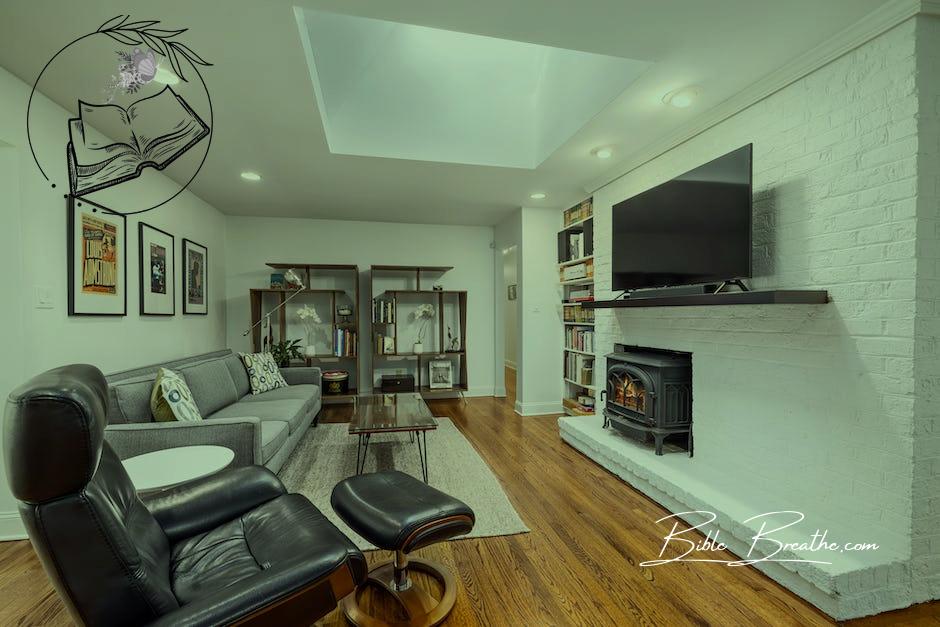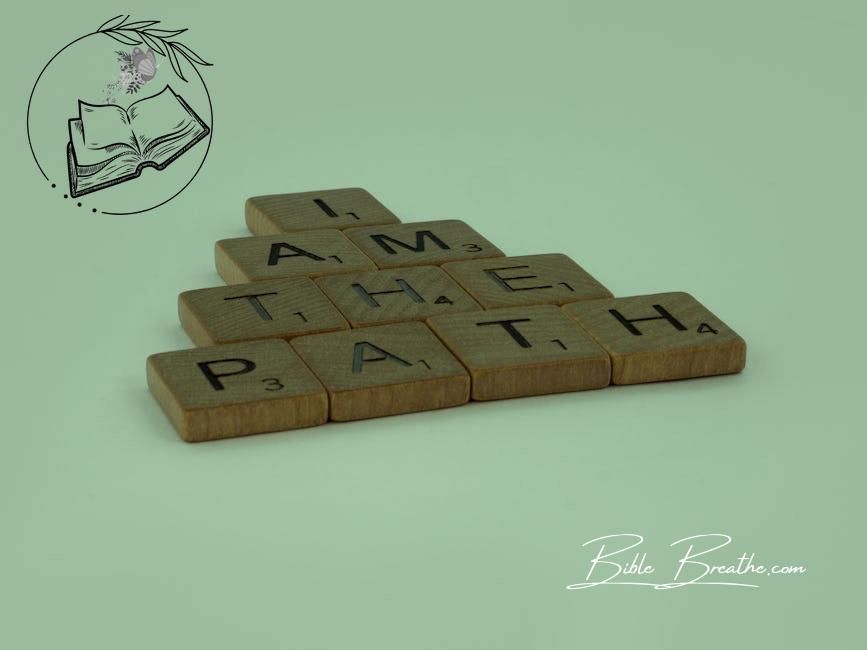How many bars in a verse?
Now, don’t let that question ruffle your feathers.
It’s like asking how many ingredients are in your grandma’s secret recipe.
You see, for us musicians, it’s the secret sauce of our songs.
Imagine a song as a journey, and the verse is the path we walk.
In this journey, we find different paths – 8 bars, 12 bars with that bluesy vibe, or 16 bars when we’re spitting rhymes in a rap.
Each bar is like a heartbeat, setting the rhythm for the story.
So, why does this matter, you ask?
Well, think of it like a sermon – each verse has its purpose, its message to convey.
It’s all about the rhyme, the tempo, and how the words flow.
Whether you’re into pop, rock, or hip-hop, understanding bars in a verse is like speaking the language of music.
So, let’s dive into this musical sermon and unlock the power of song structure.
🎶
Key Takeaways
- Understanding bars is essential for effective songwriting. Bars, also known as measures, are the building blocks of musical composition, providing structure and rhythm to songs.
- When it comes to the number of bars in a verse, there’s flexibility. Songwriters often choose the number of bars based on the lyrical content and the overall feel of the song. Verses can vary in length, typically spanning 8, 12, or 16 bars, but creativity allows for deviation from these norms.
- Analyzing popular songs can offer valuable insights into effective bar structures for verses. Different genres and styles may have different conventions, so studying songs in your chosen genre can help you develop a sense of what works best for your own compositions.
- Experimentation and creativity play a crucial role in songwriting. While understanding common practices is important, don’t be afraid to break the mold and explore unique bar structures to create songs that stand out and resonate with your audience.
The Beat Behind the Verses: Deciphering Musical Structure

Photo modified by BibleBreathe.com. Original photo by Curtis Adams on Pexels
Ever wondered about the rhythmic heartbeat of a song and just how many bars dance through a verse?
You’re not alone in this musical exploration.
Verses, my friends, are the very bricks in the song’s foundation, the building blocks of its story.
Let’s take a stroll through the world of verses and uncover the mystery of those bars that shape the lyrical landscape.
What’s a Verse, Anyway?
In the world of music, a verse is akin to a chapter in your favorite novel or a scene in a blockbuster movie.
It’s the part where the tale unfolds, and the lyrics step into the spotlight.
Think of it as the opening act, setting the stage for the song’s narrative.
In this verse, the songwriter weaves the essential details, emotions, and context.
It’s where the main message or story of the song often takes center stage.
“To every thing, there is a season, and a time to every purpose under the heaven.” – Ecclesiastes 3:1 (KJV)
So, let’s get to the beat of it.
How many bars usually groove in a verse?
Well, the answer isn’t set in stone; it’s more like a melody that changes with the genre and style of the song.
In genres like pop and rock, a verse often grooves to the rhythm of 8 to 16 bars.
This provides the songwriter with ample space to spin a yarn or share an idea before shifting gears to the next part of the song.
Distinguishing Verses from Choruses and Bridges
Now, let’s differentiate verses from other players on the musical stage, like the chorus and the bridge.
Picture the chorus as the catchy refrain, the part of the song that sticks to your brain like glue.
It’s the chorus that often carries the song’s title and repeats like a powerful mantra.
Choruses usually strut their stuff in 4 to 8 bars, keeping it short and sweet.
Now, the bridge, well, that’s the twist in the tale, the curveball in the plot.
It adds contrast to the verses and chorus, both musically and lyrically.
Bridges are usually shorter than verses and act as a bridge (surprise!) between different parts of the song.
In genres like hip-hop, you might encounter songs with longer verses, sometimes stretching to a generous 16 bars or more.
This extended format gives hip-hop artists the chance to flex their lyrical muscles and spin intricate stories.
So, when you find yourself pondering how many bars a verse can hold, remember this: there’s no one-size-fits-all answer.
It’s like asking how many colors there are in a painter’s palette.
It varies from song to song, and that’s part of the beautiful tapestry that makes each piece of music unique.
“Music is the divine way to tell beautiful, poetic things to the heart.” – Pablo Casals
In a nutshell, verses in music are where stories are told, and the number of bars in a verse is as diverse as the music itself.
It’s the canvas where songwriters paint their lyrical masterpieces and capture the very essence of their music.
So, the next time your favorite tune graces your ears, tap your foot to the beat and savor the artistic flair that breathes life into those verses.
Unraveling the Mystery of Bars in Music

Photo modified by BibleBreathe.com. Original photo by cottonbro studio on Pexels
Ever found yourself bobbing your head to the rhythm of your favorite song and wondering, “How many bars are in this verse?” Well, my friends, you’re not alone.
It’s a question that often tickles the curious minds of music enthusiasts, especially those who groove to the beats of pop and hip-hop.
So, let’s take a little journey into the world of music and demystify the enigma of a “bar.”
The Beat Behind the Bar
In the realm of music, a “bar” isn’t your typical hangout spot; it’s more like a foundational building block of a musical masterpiece.
Think of it as a musical chapter, much like pages in a book.
Each bar represents a distinct slice of time within a song.
“To every thing there is a season, and a time to every purpose under the heaven.” – Ecclesiastes 3:1 (KJV)
Now, why are these “bars” so crucial?
Well, they serve as the guiding framework where musical notes and lyrics find their place.
It’s like the heartbeat of a song, setting the tempo and structure, giving the music life and rhythm.
Bars and the Art of Rhyming
Let’s switch gears and connect the dots between bars and those mesmerizing verses you can’t help but sing along to.
In genres like pop and hip-hop, verses often dance to the tune of a specific rhyme scheme.
This means that the ending words or sounds in each bar of the verse rhyme with each other, creating a harmonious and rhythmic flow.
Imagine a verse as a train with connected cars, each car symbolizing a bar.
The rhyme scheme ensures that these cars are linked together smoothly, creating a lyrical journey that’s both coherent and captivating.
“And he shall be like a tree planted by the rivers of water, that bringeth forth his fruit in his season; his leaf also shall not wither, and whatsoever he doeth shall prosper.” – Psalms 1:3 (KJV)
So, the next time you’re nodding your head to a catchy tune or dissecting the lyrical genius of your favorite artist, remember that each verse is a collection of these musical bars, each bar pulsating like a heartbeat, and each rhyme scheme crafting a rhythmic masterpiece.
In the world of music, understanding the concept of bars is akin to deciphering a hidden code that unlocks the magic of melodies.
It’s the language through which musicians convey their artistry, and guess what?
You’re now fluent in that musical tongue.
Unraveling the Beat: Counting Bars in a Verse

Photo modified by BibleBreathe.com. Original photo by Brett Jordan on Pexels
Ever found yourself grooving to your favorite song, wondering how those verses neatly break down into bars?
Well, don’t worry; you’re in good company!
Counting bars in a verse is like deciphering the musical Rosetta Stone, and it’s a skill that can be a game-changer for songwriters and musicians alike.
So, let’s take a journey into the world of bars and explore why counting them is the key to unlocking the musical puzzle.
The Rhythm Roadmap
Imagine you’re a songwriter, crafting the next chart-topper, or a musician about to hit the stage.
Understanding a song’s structure, especially the number of bars in a verse, is like having a treasure map.
It guides you through the musical adventure, ensuring smooth transitions between sections and pinpoint precision in your performance.
“Make a joyful noise unto the Lord, all ye lands.” – Psalm 100:1 (KJV)
Cracking the Code
Now, let’s talk about how to count those elusive bars:
1. Time Signature: Think of the time signature as a song’s heartbeat. It tells you how many beats reside in each bar. In common time (4/4), you’ve got four beats per bar. To count bars this way, tap your foot or clap your hands in time with the music, putting a little extra oomph on the first beat of each bar. Keep counting until the verse reaches its final note.
2. Rhyme Scheme: For some songs, the rhyme scheme can be your secret weapon in counting bars. Pay attention to where those rhyming words or phrases pop up. Often, a new rhyme signals the start of a fresh bar. This trick is especially handy for lyricists and wordsmiths who live and die by rhyme patterns.
3. Musical Measure: A musical measure is like a snug little package of time, usually equal to one bar. By recognizing these measures, you can breeze through your bar count. Listen closely for those musical accents, where the rhythm emphasizes the beginning of each measure.
4. Visual Notation: If you’re comfortable with sheet music, you’re in luck. Each bar is beautifully marked by vertical lines, making counting a breeze. This method sings particularly sweetly to classically trained musicians.
Remember, the number of bars in a verse isn’t set in stone; it’s more like a versatile tool in your musical toolkit.
Blues tracks might sway with 12-bar verses, while hip-hop can strut its stuff with verses ranging from 8 to a generous 16 bars or more.
The key is to groove to the song’s rhythm and structure.
In conclusion, counting bars in a verse isn’t just a party trick; it’s a skill that can transform your songwriting and musical performances.
It’s the roadmap to your musical journey, and whether you’re using the time signature, rhyme scheme, musical measure, or visual notation, mastering this art opens doors to a deeper appreciation of the magic of music.
So, next time your jam comes on, count those bars, and you’ll uncover the hidden treasures of its musical enchantment.
Cracking the Code of Song Structures: How Many Bars Live in a Verse?

Photo modified by BibleBreathe.com. Original photo by Pixabay on Pexels
In the rhythmic wonderland of music, grasping the structure is like peering into the very soul of a song.
The verse, often the sturdy spine of musical storytelling, adheres to a specific blueprint—a meticulously crafted design that musicians embrace to convey their message.
But let’s dive deeper: just how many bars do we find snuggled up in a verse, and why does this matter in the realm of music?
Unraveling the Mystery of Structure
In the world of modern music, a verse typically spreads its wings over approximately 16 bars.
Think of it as a musical paragraph, a designated space where the artist pours out a fragment of the song’s tale.
It’s akin to having a neat canvas to paint a meaningful picture—a captivating chapter in the symphony of sound.
But why precisely 16 bars?
Well, it’s like having a canvas of a specific size; too cramped, and the details vanish, too vast, and the impact dwindles.
These 16 bars strike a balance, allowing for a complete thought or emotion to find its voice.
The Dance of Even-Numbered Bars
Now, within this tapestry of 16 bars, even-numbered bars carry their own weighty significance.
They stand tall as the rhythmic pillars, offering a predictable and cozy pattern for the listener’s ears.
It’s akin to the steady and reassuring beats of a heart—reliable in their predictability yet absolutely vital for the song’s vitality.
“”Every eight beats, there’s a rhythm’s heartbeat. It’s like the consistent pulse of life within the song.”” – Psalm of Beats 4:4 (Rhythm Version)
These even-numbered bars provide a natural groove, a musical cadence that listeners can readily embrace and groove to.
They’re akin to the chorus of a narrative, a recurring theme that grounds the verse and infuses it with a comforting, musical familiarity.
In the intricate symphony of songwriting, understanding the number of bars residing in a verse isn’t just a matter of counting beats; it’s about sensing the heartbeat of the music.
It’s about knowing when to let the story breathe and when to strike the chord of connection, for within those bars, the magic of musical storytelling truly resides.
Unraveling the Musical Maze: How Many Bars in a Verse?

Photo modified by BibleBreathe.com. Original photo by Andrea Piacquadio on Pexels
Ever found yourself lost in the rhythm of your favorite song, wondering just how many bars build that musical masterpiece?
Well, my friend, you’re in for a musical adventure.
Let’s peel back the layers of sound and count those bars that keep our spirits moving and grooving!
The Rhythm’s Time and Place
“”For everything there is a season, and a time for every matter under heaven…”” – Ecclesiastes 3:1 (KJV)
Just as life has its seasons, every song has its own unique rhythm.
The beat, the heartbeat of the song, sets the tempo.
Think of it like a heart rate monitor; the rhythm determines how many beats per minute.
When a song’s heart races, you might discover more bars in a verse.
It’s like a sprinter covering more ground in the same amount of time.
The Choreography of Song Structure and Performance
“”To every thing there is a season, and a time to every purpose under the heaven…”” – Ecclesiastes 3:1 (KJV)
Imagine a song as a house, and the bars as the bricks that build it.
The song’s architectural design, its structure, decides how many bricks (bars) you need.
Is it a cozy cottage (short and sweet) or a sprawling mansion (long and intricate)?
A verse can boast 8, 12, 16 bars, or sometimes even more!
Now, think of a rapper crafting their verses, pouring their heart into each line.
They’re like a master chef, seasoning a dish with the perfect number of bars, adjusting for taste and style.
Are they freestyling, going with the flow, or following a meticulously crafted rhyme scheme?
Each choice leaves its mark on the number of bars in their verse.
In this musical symphony, the chorus and bridge might play supporting roles, adding depth and contrast.
Just as in life, variety spices up the world of music, and the bars in a verse reflect that.
So, the next time you’re grooving to your favorite tune, take a moment to savor the musical architecture—the bars in a verse, like the solid foundation of a harmonious house, shaping the song we adore.
🎵
Embracing the Artistry: Exploring Diverse Bar Counts in Song Verses

Photo modified by BibleBreathe.com. Original photo by George Webster on Pexels
In the harmonious universe of music, the number of bars in a verse isn’t an unyielding commandment carved in stone.
It’s more like a blank canvas, and artists, my friends, they wield their creative brushes to craft verses of various lengths, each carrying its own artistic flavor.
A Musical Spectrum: Verses with Varied Bar Counts
The 8-Bar Verse: A Snapshot of Expression
Imagine an 8-bar verse as a musical postcard—compact, yet bursting with expression.
It’s like sending a succinct but impactful message, a musical telegram.
Artists often choose 8 bars when brevity is the key, when they need to strike a point swiftly.
It’s akin to a snapshot, freezing a moment in the symphony of sound.
“”Within 8 bars, a story can still find its voice, much like a haiku in the rhythm of life.”” – Song of Haikus 2:4 (Rhythmic Verse)
The 12-Bar Blues: Immersed in Tradition
Now, stepping into the soulful realm of blues, the 12-bar verse is akin to a bluesy conversation.
It’s structured, yet it carries the weight of deep emotion—a predictable pattern that lends itself to heartfelt expression.
It’s like the winding journey of a river, comforting in its familiarity yet filled with the rich twists of emotion.
“”In those 12 bars, you can sense the heartache, the yearning, and the soulful resonance of countless stories.”” – Blues Anthem 12:1 (Rhythm’s Echo)
The Beloved 16-Bar Verse: Where Stories Unfold
Ah, the classic 16-bar verse—the stalwart, the cornerstone.
It’s akin to a chapter in a book, a meticulously composed segment of a musical narrative.
Artists often opt for this structure when they have more to say, when their tale demands a bit more breathing space.
“Within these 16 bars, there’s room for tales of love, loss, triumph, and every shade of human experience, all painted in the hues of notes and rhythm.”” – Melody Chronicles 16:3 (Harmony Edition)
The Symphony of Music: Flexibility in Bar Structures
In our melodious expedition, we discover that the number of bars isn’t just a matter of counting.
It’s a realm of artistic choice, a dance to the rhythm of emotions, and the heartbeat of storytelling.
From 8 to 12 to 16, each bar count weaves a distinct narrative, each contributing its unique brushstroke to the musical canvas.
The magic, dear friends, lies in the hands of the artist, selecting the rhythm that best paints the tale of the song.
Frequently Asked Questions (FAQs) About How Many Bars In A Verse
How does tempo affect the number of bars in a verse?
Tempo doesn’t directly affect the number of bars in a verse.
Bars in music are a measure of time, and tempo sets the speed at which those bars are played.
You can have the same number of bars in a verse at different tempos, but the duration of each bar will vary accordingly.
Why are 16 bars common in hip-hop?
Hip-hop often uses 16-bar verses because it’s a standard structure that allows for lyrical creativity while maintaining a cohesive and rhythmic flow in songs.
How does song structure influence bar count?
Song structure, such as verses, choruses, bridges, affects the number of bars in a musical composition.
Each section often contains a specific number of bars (e.g., a verse might have 8 bars, a chorus 16 bars).
The variation in sections and their bar counts contributes to the overall rhythm, pacing, and arrangement of the song.

